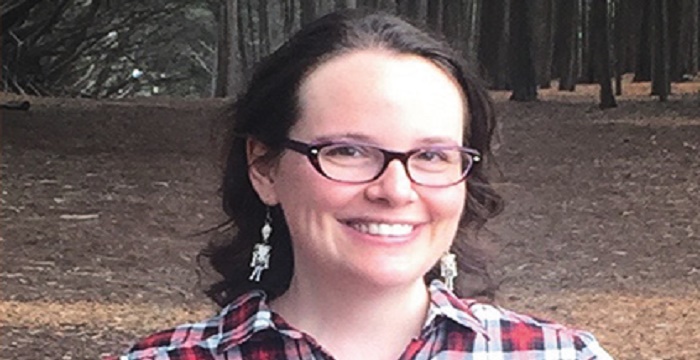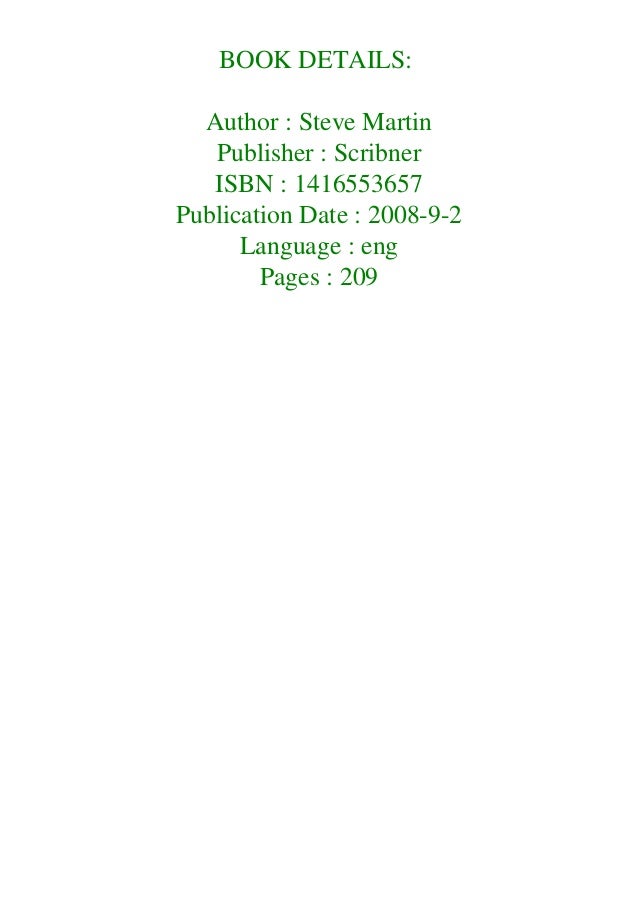Born Standing Up A Comics Life
The CroswodSolver.com system found 25 answers for born standing up a comics life crossword clue. Our system collect crossword clues from most populer crossword, cryptic puzzle, quick/small crossword that found in Daily Mail, Daily Telegraph, Daily Express, Daily Mirror, Herald-Sun, The Courier-Mail, Dominion Post and many others popular newspaper. Download Born Standing Up: A Comic’s Life by Steve Martin in PDF EPUB format complete free. Brief Summary of Book: Born Standing Up: A Comic’s Life by Steve Martin. Here is a quick description and cover image of book Born Standing Up: A Comic’s Life written by Steve Martin which was published in 2007-11-20. You can read this before Born. Born Standing Up is a superb testament to the sheer tenacity, focus, and daring of one of the greatest and most iconoclastic comedians of all time.The riveting, mega-bestselling, beloved and highly acclaimed memoir of a man, a vocation, and an era named one of the ten best nonfiction titles of the year by Time and Entertainment Weekly. Summary A fun and honest recounting of the highs and lows of Steve Martin's early life and comedic career Key Takeaways Spent 18 years in stand up comedy - 10 years learning, 4 years refining and 4 in wild success Gained the ability to have his mouth in the present and his mind on the future, observing the audience and the.
Steve Martin Memoir



Born Standing Up A Comics Lifestyle
It’s hard to imagine any well-known comedian alive today achieving Steve Martin status. He is an actor, comic, playwright, novelist, screenwriter, director, essayist, magician, musician, and composer; he is master of the catchphrase and the balloon animal; he is sufficiently beloved and respected that no one really holds Bringing Down the House against him. Seriously, who else is there? Adam Sandler and Will Ferrell, say, have the Saturday Night Live credits and the screen time, but we’re not about to see their essays in The New Yorker. Denis Leary has the writing and serious-actor chops, but show me one parent who will let their kids memorize his albums word-for-word like we did with the mega-selling A Wild and Crazy Guy. (Twenty-nine years later, I can still recite “Cat Handcuffs.”) Jon Stewart and Stephen Colbert are without peer, but their personas don’t fill arenas. (Also, no banjo. Or rope tricks.) Robin Williams: similar antic quality, but too many demons (including, but not limited to, Patch Adams). Jim Carrey: what happened? Seinfeld? Feh.
So how did Steve Martin achieve Steve Martin status? The answers can be found in the performer’s new autobiography, Born Standing Up: A Comic’s Life. “I was seeking comic originality, and fame fell on me as a by-product,” Martin writes without false modesty, adding elsewhere that “despite a lack of natural ability, I did have the one element necessary to all early creativity: na?vet?, that fabulous quality that keeps you from knowing just how unsuited you are for what you are about to do.” His volume itself is modest as well: spare and unsentimental, gently self-effacing, a colossal success story told in just over 200 pages (including photos). This is partly because the book is not so much autobiography as autobiographical, limited almost entirely to the genesis and flowering of Martin’s brainy-meets-loony stand-up career.
In other words, if you are dying to know what it was like to work with Eddie Murphy, you are out of luck (though you will get a soupcon of Dan Aykroyd). I should also add that if you are looking for wild-and-crazy-guy tales of late nights on the road — sex with fans, benders with Sam Kinison — you will also be disappointed: Martin spends his between-show downtime watching The Brady Brunch and trolling antique stores for art. And if you are expecting out-loud, fall-down laughs on every page — this is Steve Freaking Martin, after all — you should probably read Cruel Shoes. This book, though not without funny asides and anecdotes, is actually not all that hilarious. And as it turns out, that’s part of what makes it good.
Martin’s first big break came at age ten, when he landed a job selling guidebooks at Disneyland, whose opening had been announced with two-inch headlines “as though it were a victory at sea.” Disneyland, he writes, was his “Versailles.” It was also his earliest education. Apprenticing himself to the performers in its employ, Martin learned rope tricks, sleights of hand, sight gags, the essentials of patter. By age 15, through the kindness of the local Kiwanis, he was performing “at the hectic pace of one show every two to three months.” He kept scrupulous notes on how each bit played — “Quiet,” “Big laugh!” “Relax, don’t shake” — and learned to juggle and play banjo, eventually landing a regular gig performing melodramas and olios with the troupe at Disney rival Knotts Berry Farm. There, he writes, the “soft, primordial core” of his act was formed.
Then it was on to crappy clubs in San Francisco, crappy clubs in Aspen, crappy clubs in God-knows-where — plus philosophy studies at a series of colleges — and a stand-up routine that was anything but. “How many people have never raised their hands before?” he asked, drawing on his fascination with logic, or lack thereof; he confessed his fetish for wearing men’s underwear; he developed a habit of Pied-Pipering the audience out into the street, ad-libbing all the way. After lucking into a TV job writing for the Smothers Brothers, things snowballed from there, to Carson, to Saturday Night Live, to the 45,000-seat Nassau Coliseum, sold out — a bit too large for the Pied Piper routine. “The lightning strike,” he writes,” was happening to me.”
Along the way, of course, there are panic attacks, political shifts, puzzling breakups (best advice he gets: “Oh, that’ll happen a lot”), and plenty insights into the really rather alien anatomy of his act. And there are lingering grudges — resolved beautifully at the end — against his distant and likely envious father, a failed actor turned real estate salesman who presided over silent dinners and threatened at any moment to explode into violent rage. Martin recalls, at seven or eight, the one time ever that his father suggested a game of catch: “This offer to spend time together was so rare that I was confused about what I was supposed to do,” he writes. “We tossed the ball back and forth with cheerless formality.” This simple, haunting image makes quite clear what prompted young Steven to, in effect, run off and join the circus.
This image also makes Martin’s scattered lapses in writing craft all the more glaring by contrast. “Having cut myself off from , and by association the rest of the family, I was incurring psychological debts that would come due years later in the guise of romantic misconnections and a wrong-headed quest for solitude,” Martin writes clunkily, obviously taking dictation from his therapist. Elsewhere, he’s sophomoric — “The balls were bright red, and so was I” — or in desperate need of a line edit (“The physical distance from each other had permanently broken up Nina and me”).
But honestly, this awkwardness and unevenness are part of the book’s charm. At heart, Steve Martin is a dweeb — a handsome dweeb, but a dweeb. (Come on, he was the guy in high school who did magic!) As he has also made clear in interviews, he is not altogether comfortable talking about himself. His act was only superficially autobiographical, if ever; the genre does not come naturally to him in the first place. And yet here he is. He resists the urge to hide behind jokes, to do — in the guise of self-disclosure — well honed, perfectly polished material. (Perhaps he learned something from an appearance on Merv Griffin, where, when he launched into a bit — “I just bought a new car. A ’65 Greyhound bus” — Griffin, interrupting, asked why on earth he would do that. “I had no prepared answer; I just stared at him,” Martin recalls. “I thought, ‘Oh my God, because it’s a comedy routine.’ “) In this book, however, Martin is telling the truth. Most of it, anyway. Even when, like comedy itself, it’s not pretty.
